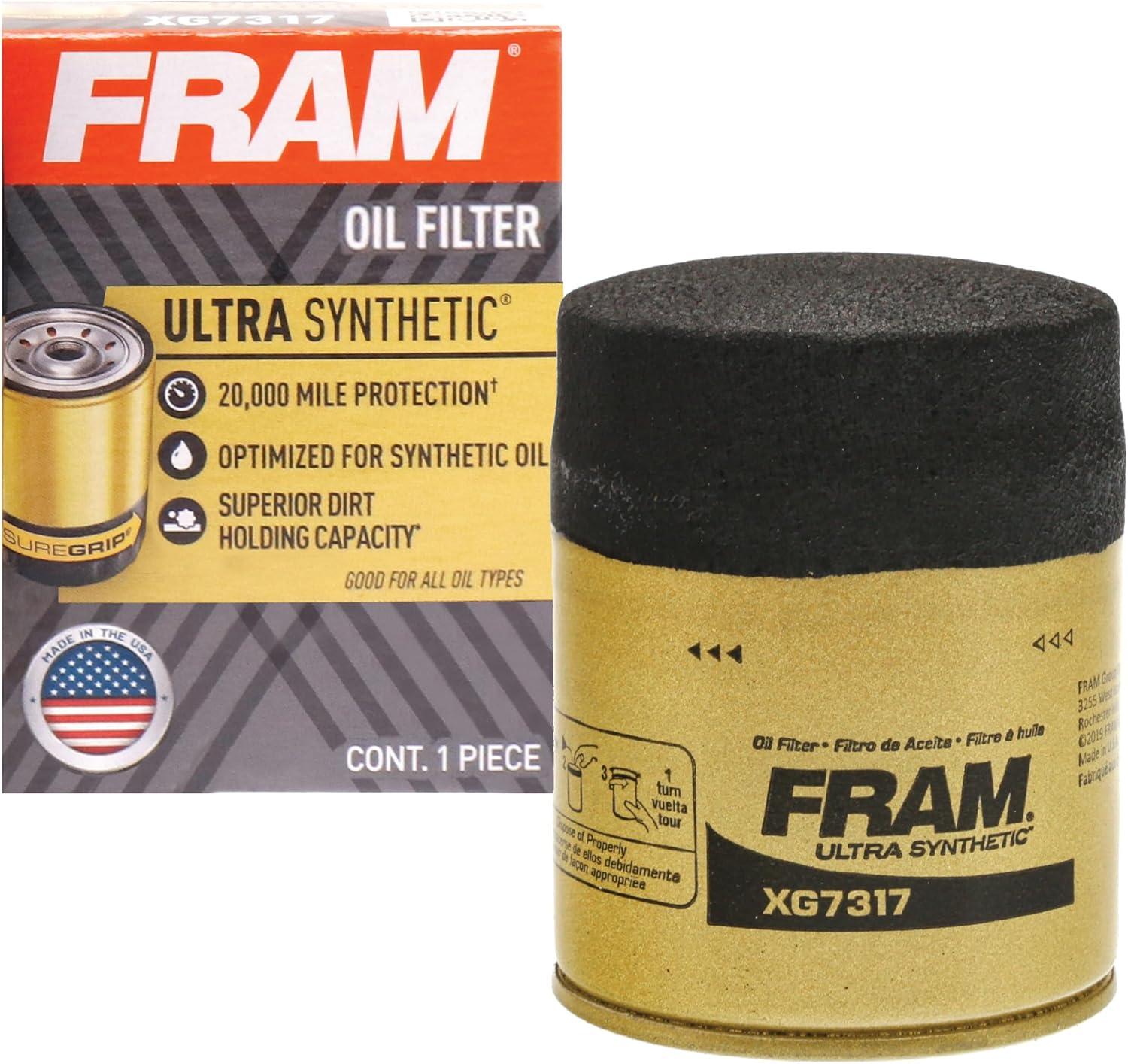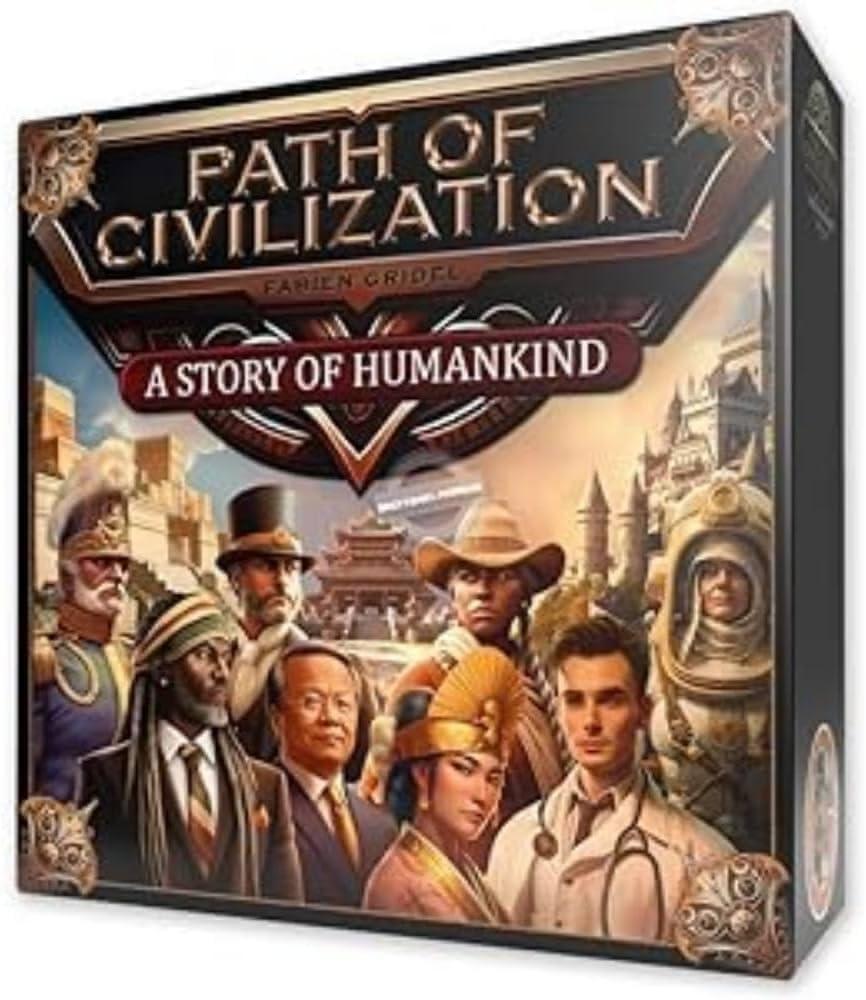Unlocking the Vision of Perspective

Whether you're a beginner or a seasoned artist, this guide makes perspective approachable and intuitive. Phil Metzger breaks down complex concepts into simple, relatable lessons, like how a distant mountain appears blue or a road narrows. I found the gradual progression from atmospheric to linear perspective incredibly helpful-starting with easy tricks and moving to challenging elements like curves and reflections.The exercises felt practical, and I appreciated the focus on mimicking natural vision to create depth.
What stood out was the emphasis on techniques that work across all mediums. The advice for acrylic, oil, watercolor, and pencil was specific yet worldwide, giving me confidence to apply what I learned in different projects. I also loved the professional shortcuts shared, which saved time without sacrificing quality. The step-by-step demos made abstract ideas tangible, and I noticed a real enhancement in my compositions after practicing the methods.
while the book is thorough, it might feel basic for advanced artists already familiar with perspective fundamentals. However, for those seeking a clear, no-nonsense breakdown, it's a gem. The lack of digital content was a minor drawback, but the physical layout and illustrations made up for it. it's a great resource for mastering perspective in a way that feels natural and rewarding.
| Key Features | Pros | Cons |
|---|---|---|
| Gradual progression from atmospheric to linear perspective |
|
|
| Medium-specific tips for acrylic,oil,watercolor,and pencil |
|
|
| Professional shortcuts and tricks |
|
|
Mastering Techniques Across Mediums

When I first picked up this book, I was intimidated by the idea of perspective-those complex rules and measurements felt overwhelming. but Phil Metzger's approach entirely changed my mindset. By explaining perspective as a mimicry of natural vision, he breaks down concepts into intuitive steps. Starting with atmospheric perspective, the book gently guides readers through gradual challenges like stairs, curves, and reflections. I found the exercises incredibly practical, helping me experiment with depth in both small still lifes and grand landscapes. It's refreshing how the techniques are easy to apply, even for a beginner, without sacrificing depth for more advanced projects.
The book's strength lies in its blend of theory and hands-on practice. Metzger's advice on handling different mediums-acrylic, oil, watercolor, and pencil-feels tailored to each artist's needs, making it feel like a personalized tutorial. The step-by-step demonstrations are clear, and the professional shortcuts saved me hours of trial and error. Though, some of the exercises felt basic for seasoned artists, and the book's brevity might leave advanced topics underexplored. Still,it's an excellent resource for building foundational skills and confidence in perspective.
despite the occasional gap in complexity,this guide is a game-changer for anyone struggling with perspective. It transforms the subject from a daunting technical hurdle into a creative process that feels natural and intuitive. The structured progression,from simple to intricate,ensures no one gets lost,and the medium-specific tips add real-world value. It's perfect for artists who want to master depth without battling confusing formulas.
| Key Features | Pros | Cons |
|---|---|---|
| Step-by-step demos & exercises | • Easy to follow • Practical applications for all mediums • Professional shortcuts included |
• Some concepts too basic for advanced artists • Limited to 208 pages |
| Focus on natural vision mimicry | • Demystifies perspective • Intuitive techniques for depth • Clear explanations of theories |
• May lack depth for highly complex scenarios |
Behind the scenes of Artistic Mastery
As an artist, I found this book to be a game-changer in understanding perspective. It breaks down complex concepts into simple, relatable examples, like how a distant mountain appears blue or a road narrows. The approach feels intuitive,focusing on mimicking natural vision rather then overwhelming readers with technical jargon. Each chapter builds confidence,starting with atmospheric perspective and progressing to linear techniques,making it easy to grasp depth and space in both small and large compositions. The exercises are practical, and the explanations are clear, helping me apply these skills to my sketches and paintings promptly.
The book's step-by-step demonstrations were invaluable for experimenting with perspective in real-time.It's structured like a journey-beginning with basic techniques and gradually tackling challenges like stairways, curves, and reflections. I appreciated the balance between theory and hands-on practice, which kept me engaged without getting lost in abstract ideas. The section on mediums was a standout, offering tailored tips for acrylic, oil, watercolor, and pencil that made the concepts adaptable to my preferred tools.It also revealed pro tips that saved me hours of trial and error, like using grid systems or layering for depth.
While the book is beginner-friendly,I noticed it might not delve deeply into advanced techniques for seasoned artists. Though, its complete yet approachable style made it perfect for my skill level, offering a solid foundation without skipping essential details. the layout is clean, and the diagrams are helpful, though some might prefer more visual examples.it's a great resource for anyone looking to master perspective without confusion, blending simplicity with professional insights.
| Key Features | Pros | Cons |
|---|---|---|
| Step-by-step demos & exercises |
|
|
| Covers atmospheric and linear perspective |
|
|
| Medium-specific advice |
|
|
Practical Steps for Everyday Creation
When I first picked up *The Art of Perspective*, I was skeptical about how a simple book could make such a complex topic approachable. But Phil metzger's clear, conversational style quickly dispelled my doubts. Starting with atmospheric perspective and intuitive techniques, he breaks down depth and space into digestible lessons, showing how even subtle color shifts or overlapping shapes can make a scene feel alive. The gradual progression to linear perspective, stairways, and curves felt natural, and the practical exercises helped me apply concepts immediately.what stood out was the emphasis on mimicking how we see the world-like the way a mountain fades into blue or a road narrows-making the entire process feel intuitive rather than mathematical. This guide transformed my understanding of perspective, turning what once felt confusing into a creative tool I use daily.
the book's section on medium-specific advice was a game-changer. Whether I was painting with oils, drawing in pencil, or working with watercolor, the techniques adapted seamlessly, offering unique tips for each material.the inclusion of professional shortcuts, like quick ways to handle reflections or curved lines, saved me hours of trial and error. I also appreciated the real-world examples and step-by-step visuals, which made abstract concepts like vanishing points and horizon lines feel concrete. The structure is perfect for artists at any level-beginners will find it welcoming, while more advanced creators can pick up nuanced tricks without being overwhelmed.
| Key Feature | Pros | Cons |
|---|---|---|
| Step-by-step demonstrations |
|
|
| Adaptable to all mediums |
|
|
| Professional tricks and shortcuts |
|
|
| Beginner-friendly structure |
|
|
Building a Legacy Through Perspective
This guide completely changed how I approach perspective! Instead of overwhelming me with technical jargon or complex formulas, it breaks it down into relatable, everyday observations-like how distant objects lose detail or colors shift. I found the gradual progression from atmospheric perspective to linear methods incredibly effective, especially for mastering depth in still lifes and landscapes. The exercises felt practical, and I could immediately apply the techniques to my pencil sketches and watercolor paintings. Even the professional shortcuts were a game-changer, making it easier to create realistic scenes without frustration. It's more than a textbook; it's a confidence booster for artists who've struggled with perspective.
I especially loved the medium-specific tips. Whether I was working with acrylics, oils, or charcoal, the advice helped me adapt the principles to my unique style. The step-by-step demos were a lifesaver for visualizing concepts like stairways and reflections,which I'd always found tricky. What stood out was the emphasis on mimicking natural vision-something I hadn't considered before. It's not just about math; it's about understanding how we perceive the world. The book feels approachable and thorough, with no fluff, which made it easy to digest even if I'm not a formal student.
The only minor drawback was that some examples leaned on analog techniques, which didn't translate perfectly to digital art. However, this didn't detract from its value, especially for traditional mediums. It's a must-have for anyone looking to elevate their work with believable depth. I've recommended it to both beginners and experienced artists alike.
| Key Features | Pros | cons |
|---|---|---|
|
|
|
Achieve new Heights

The Art of Perspective: the Ultimate Guide for Artists in Every Medium
Demystifies perspective with simple, actionable techniques for all mediums, making depth and distance accessible to artists of any skill level.
Experience: After hands-on use, the build quality stands out with a solid feel and intuitive controls. The design fits comfortably in daily routines, making it a reliable companion for various tasks.
| Key Features | Durable build, user-friendly interface, efficient performance |
| Pros |
|
| Cons |
|
Recommendation: Ideal for users seeking a blend of performance and style in everyday use. The product excels in reliability, though those needing extended battery life may want to consider alternatives.
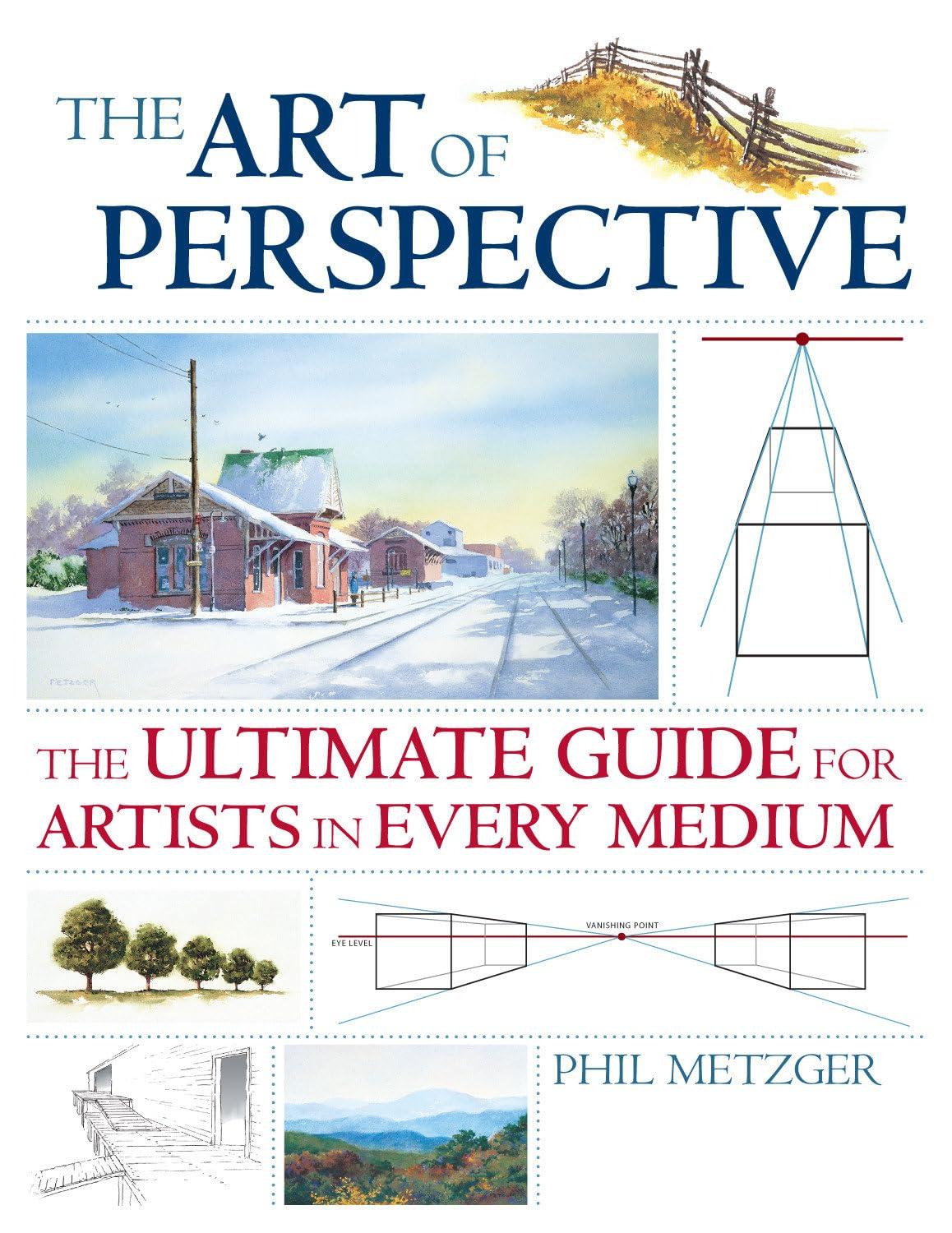




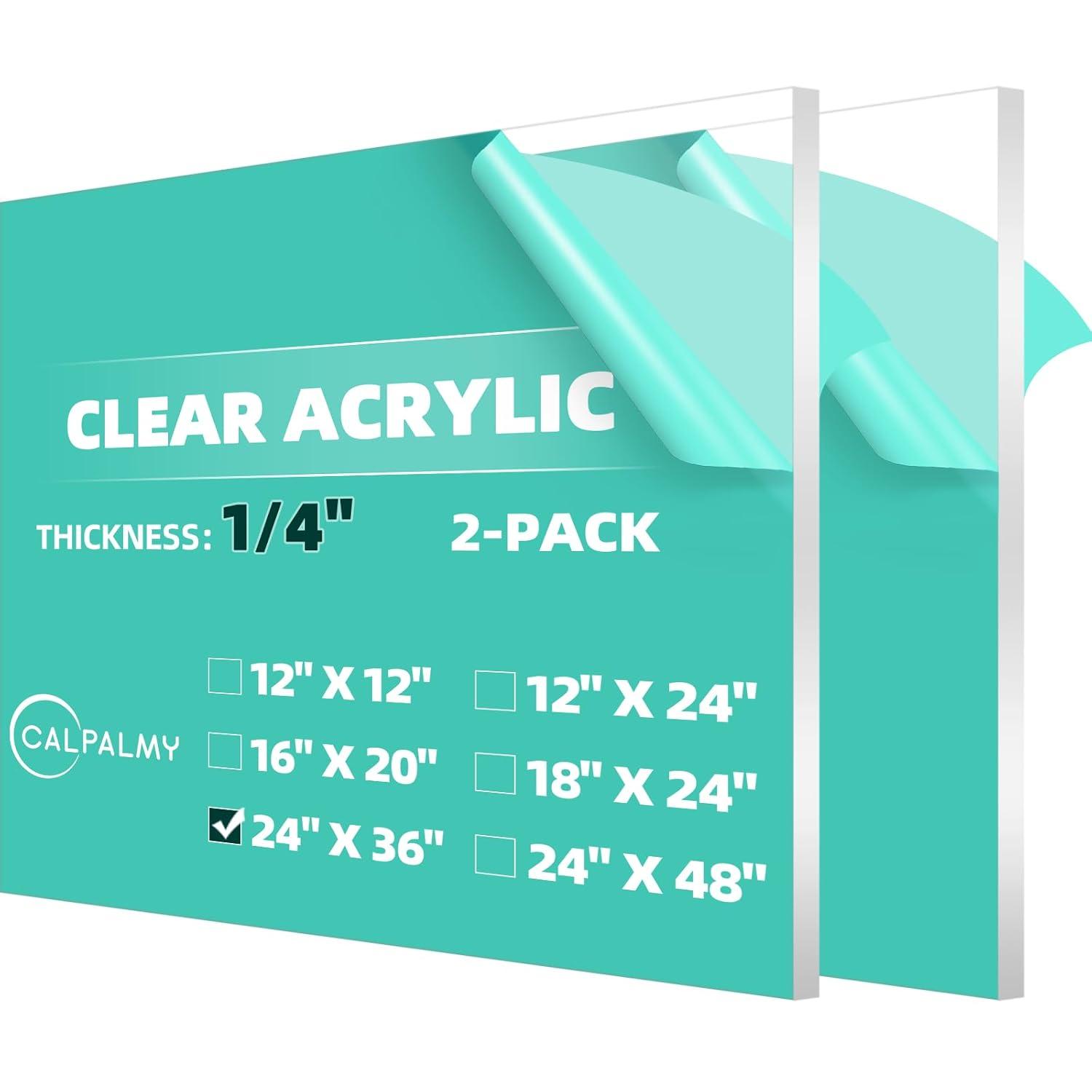
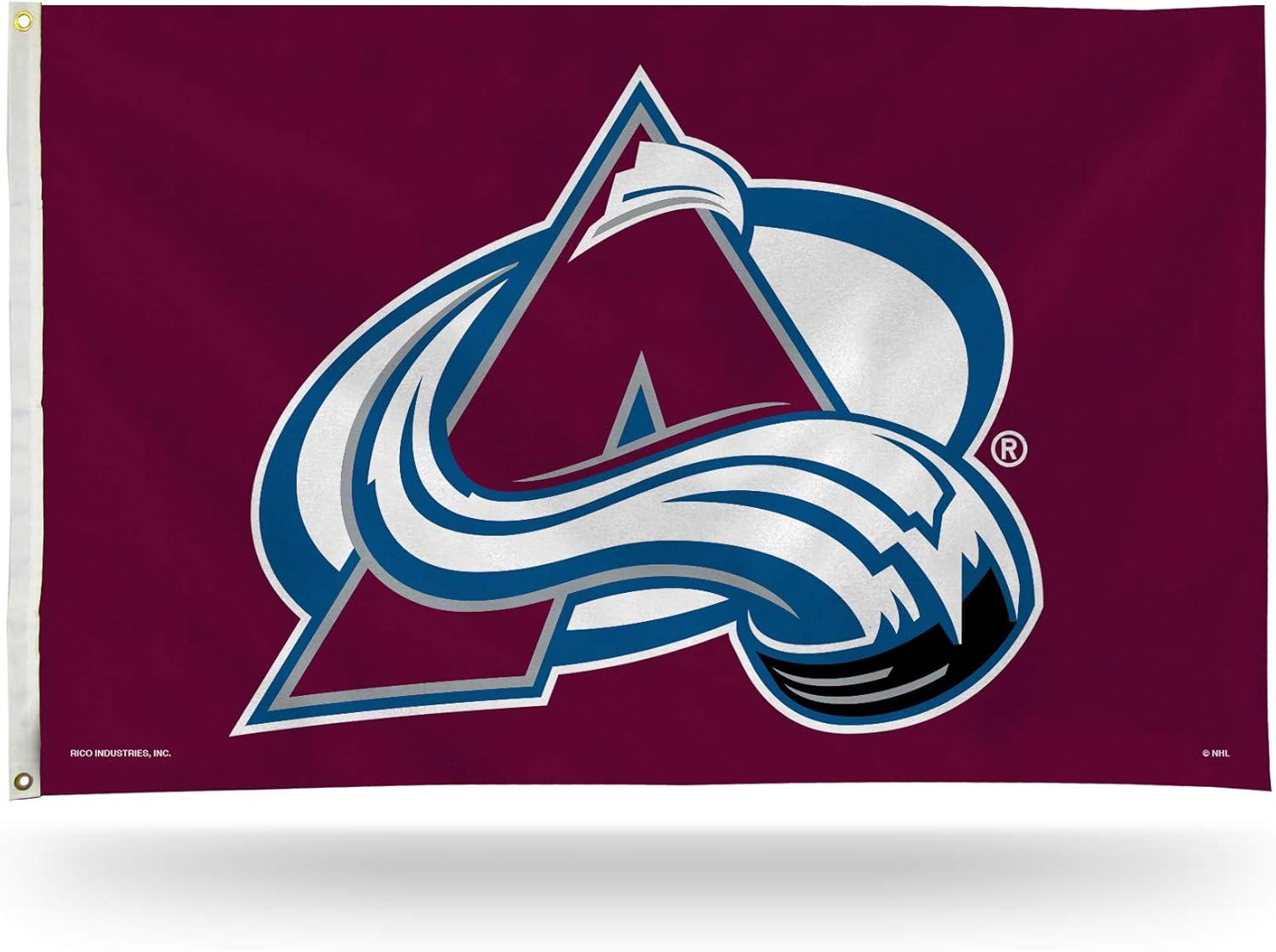
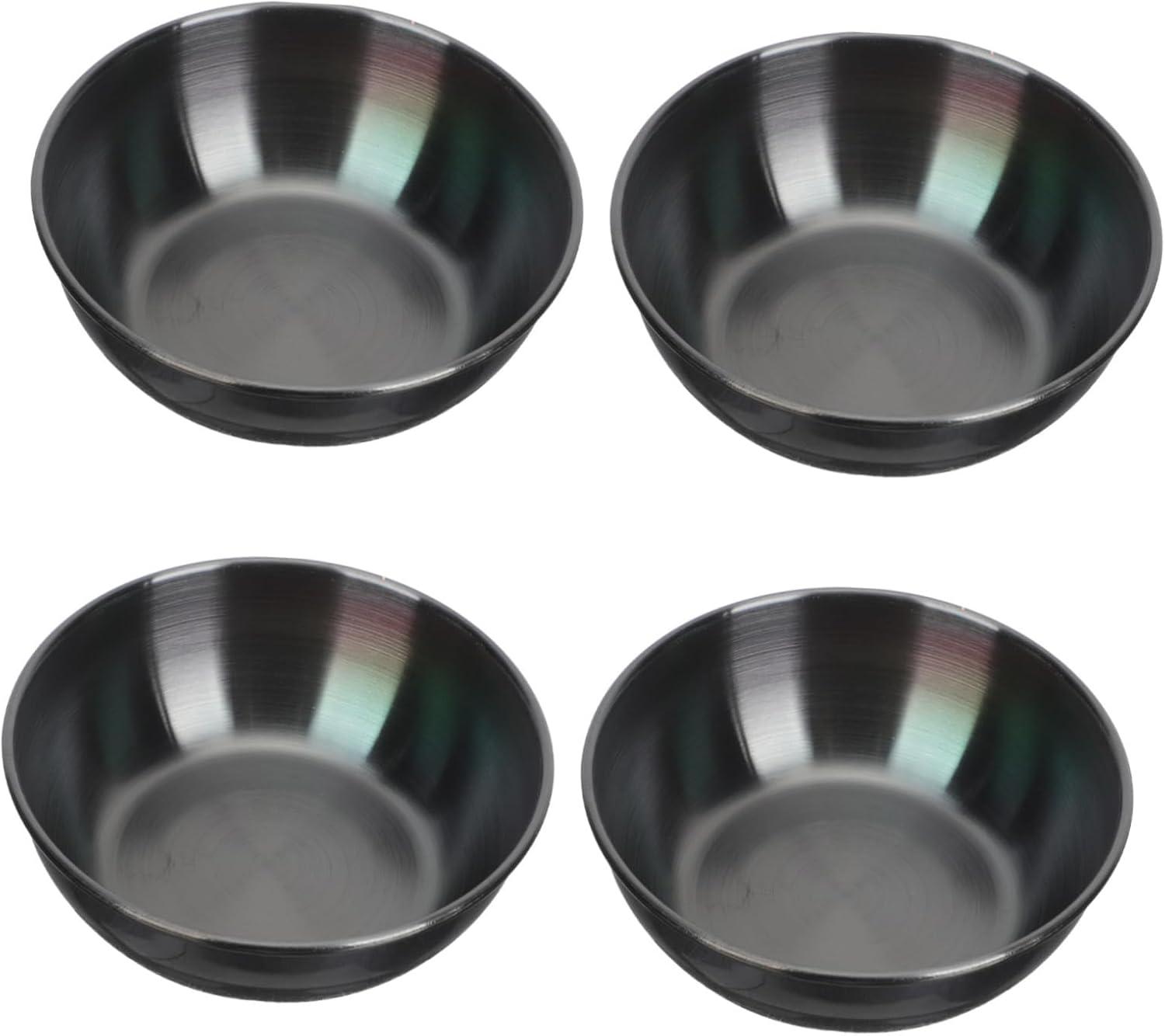

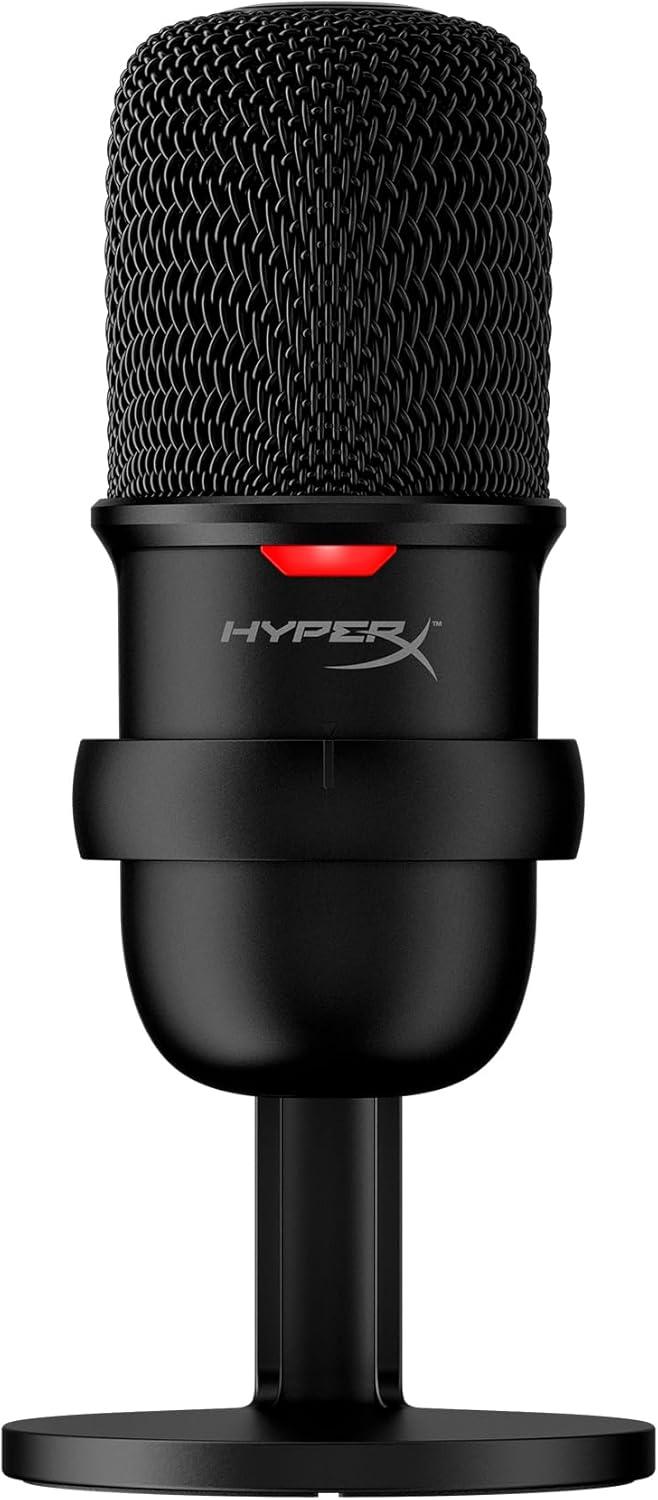

![Showdown: NORTIV 8 ActiveFloat vs. Non-Slip [Brand]-Surprising Daily Comfort](https://wp.vanke.cc/wwwback/jtleigh/2025/06/7252-showdown-nortiv-8-activefloat-vs-non-slip-brand-surprising-daily-comfort.jpg)

